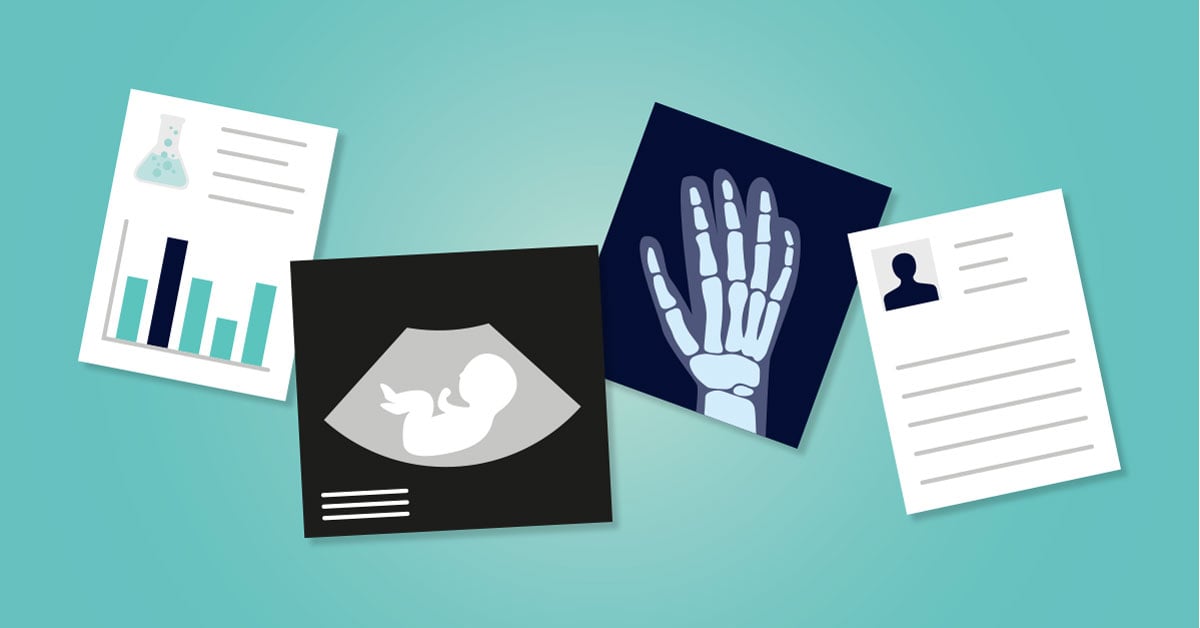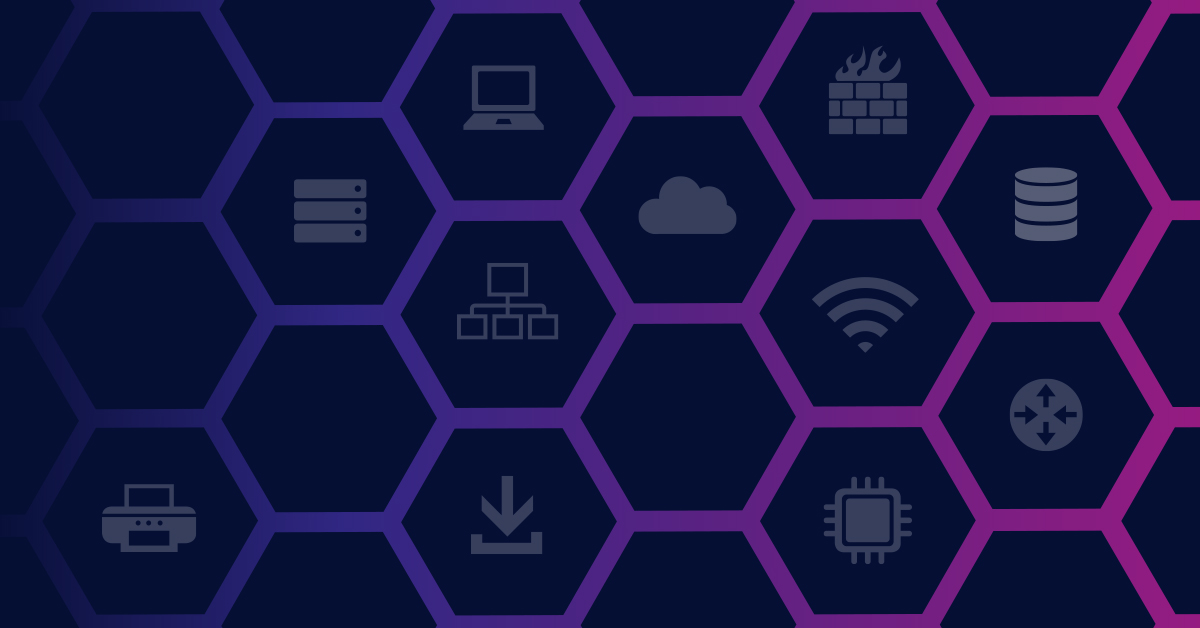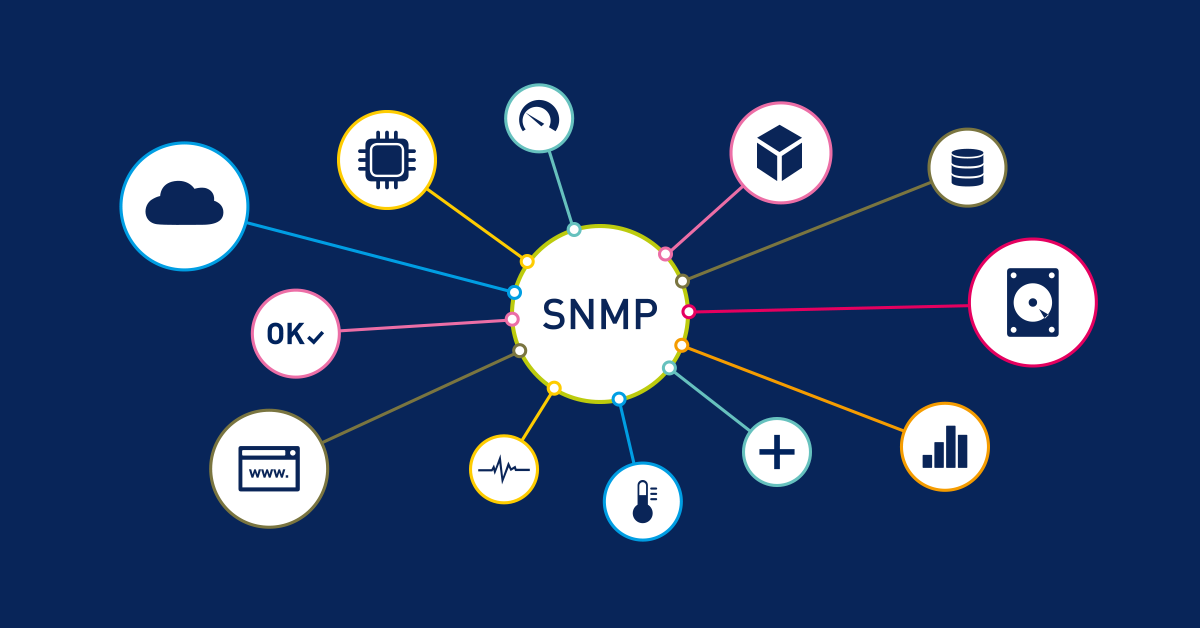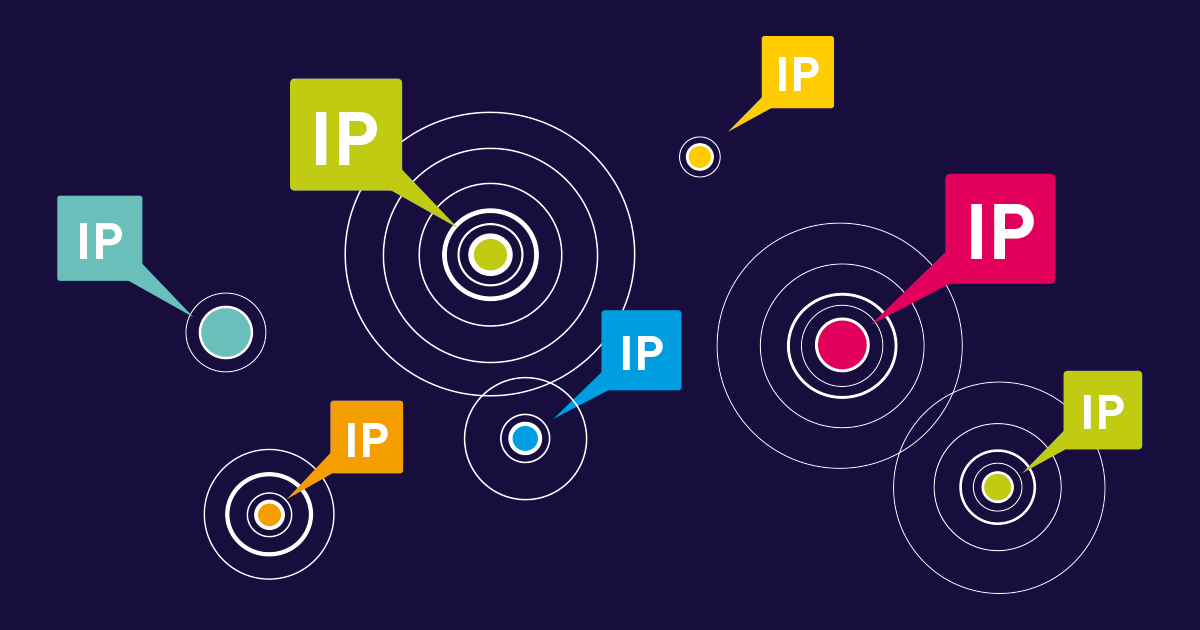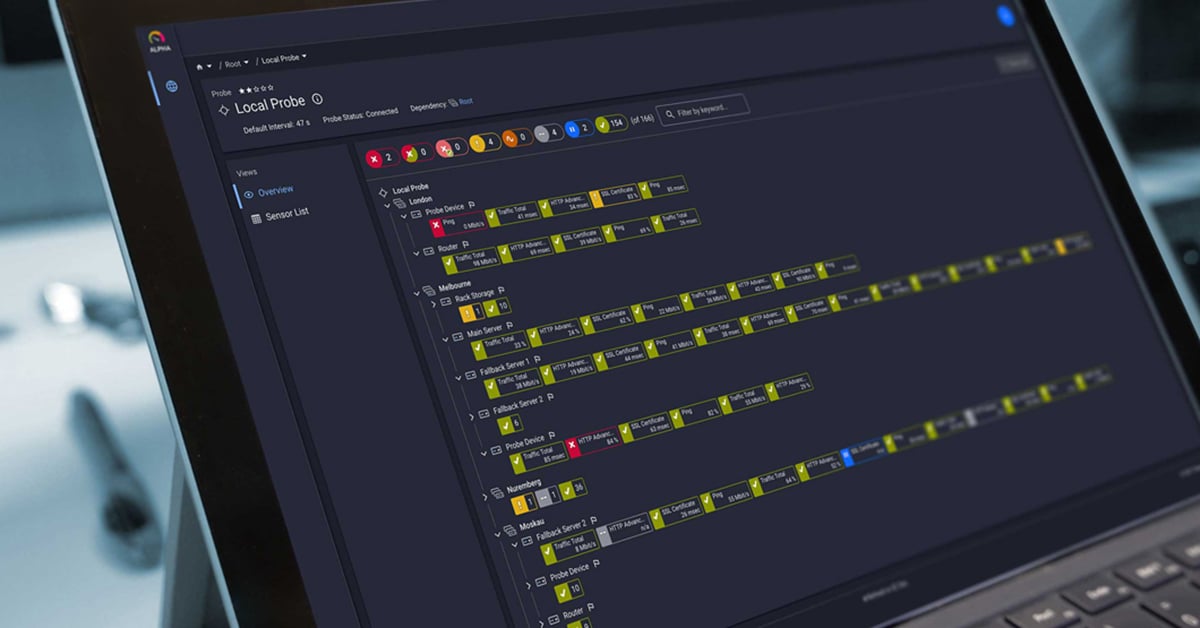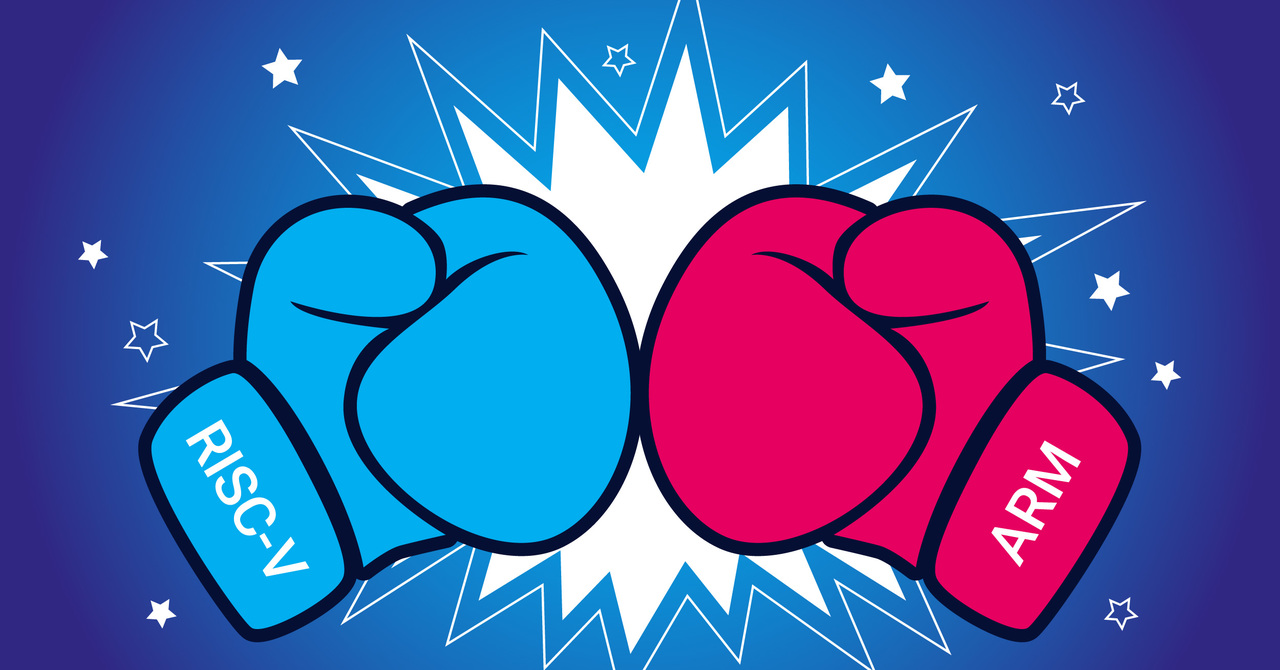In an ongoing series of articles about monitoring healthcare IT, I've discussed monitoring the big picture, as well as monitoring the Picture Archiving and Communication System and the integration engine. Now, I want to cover the modalities. And monitoring these different modalities is not as simple as you would expect.
Healthcare providers often ask "what are modalities in healthcare?" The answer covers both treatment methods and diagnostic equipment. In medical imaging specifically, modalities refer to the sophisticated devices and systems used to create visual representations of the human body's internal structures, including soft tissue, connective tissue, and spinal cord components to facilitate pain management and tissue healing.
Understanding what modalities are in healthcare is crucial for IT professionals who support these critical medical systems. Healthcare modalities include a wide range of equipment types:
- Diagnostic imaging modalities: MRI machines, CT scanners, X-rays systems, ultrasound devices that use sound waves
- Nuclear medicine modalities: PET scanners, SPECT systems, gamma cameras
- Interventional modalities: Fluoroscopy systems, angiography equipment for treating musculoskeletal disorders
- Specialized modalities: Mammography units, bone density scanners for musculoskeletal conditions and joint stiffness
So what exactly are the modalities? Here's an explanation from our Monitoring Healthcare IT Primer:
In healthcare, modalities are sophisticated medical imaging devices and equipment used for creating detailed images of the human body's internal structures. These include Magnetic Resonance Imaging (MRI) machines, X-ray systems, Computed Tomography (CT) scanners, ultrasound devices, and nuclear medicine equipment like PET scanners. Each modality type serves specific diagnostic purposes and requires specialized IT monitoring approaches.
The importance of understanding what modalities are in healthcare extends beyond their diagnostic capabilities. These systems represent significant investments for healthcare organizations, often costing hundreds of thousands to millions of dollars per unit. More critically, modality downtime directly impacts patient needs, potentially delaying diagnoses and treatment plans, affecting overall quality of life for those waiting for care.
Types of Healthcare Modalities and Their IT Infrastructure
Although there are several different modalities in healthcare, the way that they fit into the healthcare IT infrastructure is similar. The modalities capture the medical images of soft tissue, connective tissue, and other body structures, and connect to a PACS to store the images there. The Digital Imaging and Communication in Medicine (DICOM) protocol is used for these actions.
Each modality also has a worklist associated with it. This worklist contains a list of jobs scheduled for the specific modality, as well as patient information. The biggest benefit of the worklist is that it prevents data errors that might occur if paper copies of the patient data were passed between the examining clinician and the personnel doing the imaging. With the worklist, you can schedule imaging appointments, pass the patient's data digitally to the radiologist, and then save that information to the PACS along with the images that are captured. This process is crucial for integrated care that combines diagnostic imaging with therapeutic modalities for conditions like low back pain, neck pain, and muscle spasms.
There is a big challenge that medical IT professionals face with monitoring modalities: many of the imaging devices do not provide an easy way to monitor them. They traditionally do not offer SNMP or Netflow support, so bringing them into your monitoring concept is not possible in this way. Many healthcare modalities lack standard monitoring interfaces, making them challenging to integrate into existing IT monitoring frameworks. Unlike traditional network devices that support SNMP or modern applications with REST APIs, medical imaging equipment often operates as isolated systems. This creates "black box" scenarios where IT teams have limited visibility into modality performance, utilization, and potential issues. However, the Digital Imaging and Communications in Medicine (DICOM) protocol provides a standardized approach to overcome these monitoring challenges.
So it is quite possible that in the hospital's IT infrastructure, the admins have a number of black boxes with no way of knowing what their status is. However, even if you cannot monitor the modalities directly, there is still a way to bring them into your monitoring concept by leveraging the mechanism they use to communicate. That mechanism, as mentioned earlier, is DICOM. Similar challenges exist in monitoring therapeutic modalities used in physical therapy, where devices delivering electrical current for pain relief or hot packs for increased blood flow might also operate as isolated systems.
Why Healthcare Modalities Matter for Patient Care
Healthcare modalities serve multiple critical functions beyond basic imaging:
- Early disease detection: Advanced modalities like PET-CT can identify musculoskeletal conditions, chronic pain sources, and other conditions before symptoms appear
- Treatment planning: Treatment planning: Modalities provide precise anatomical information needed for surgical planning and radiation therapy, including cases of low back pain and neck pain
- Progress monitoring: Serial imaging tracks treatment plans effectiveness and disease progression, crucial for pain management and tissue healing
- Minimally invasive procedures: Interventional modalities enable interventions with reduced patient trauma while maintaining range of motion
- Quality assurance: Regular modality monitoring ensures consistent image quality and diagnostic accuracy for evidence-based care
Therapeutic modalities also play a key role by providing options for physical therapists to address muscle spasms, edema, and muscle atrophy through interventions like electrotherapy, hot packs, and diathermy. For patients with a pacemaker, certain modalities may have contraindications, making proper modality selection critical.
Healthcare Modality Classifications and Applications
Understanding what modalities are in healthcare requires recognizing their different classifications:
By imaging technique:
- Ionizing radiation modalities (X-ray, CT, nuclear medicine)
- Non-ionizing modalities (MRI, ultrasound)
- Hybrid systems (PET-CT, SPECT-CT)
By clinical application:
- Diagnostic modalities for disease identification
- Therapeutic modalities for treatment delivery
- Interventional modalities for minimally invasive procedures
- Screening modalities for preventive care
The effectiveness of different modalities has been demonstrated through rigorous clinical trials with published results available through doi citations in medical literature. Healthcare providers must consider contraindications when selecting specific modalities for patients with conditions like a pacemaker or certain types of impairments.
How to Monitor Healthcare Modalities with DICOM Protocol
There are various ways to check up on the modalities, with just a little creativity (or the help of the right monitoring tool). Here are some ways of getting information about those black boxes in the medical infrastructure.
PRTG's specialized DICOM sensors provide comprehensive monitoring capabilities specifically designed for healthcare modalities. These sensors leverage the DICOM protocol to deliver insights that traditional network monitoring tools cannot provide, making them essential for healthcare IT environments where patient needs include timely access to both diagnostic and therapeutic modalities.
DICOM C-ECHO: Testing Modality Availability and Response Times
As it has been for many decades, a ping test is still the simplest and quickest way to see if a device is up and responding. While the traditional ping is not possible with many modalities, DICOM offers something very similar: the C-ECHO request. Like ping, you can send a C-ECHO request to a device and check that you get a response. You can (and certainly should) also check on how long it takes for the response to get back, because high response times might indicate problems with the modality. Quick response is particularly important for effective treatment of urgent conditions requiring immediate pain management or assessment of sprains and muscle spasms.
DICOM C-FIND: Monitoring Modality Workload and Queue Management
The number of worklist items currently associated with a modality is a good indicator of that modality's health. For example: if the modality has a bottleneck or malfunction, the number of items in the worklist might grow disproportionately. If the number of worklist items is too low, on the other hand, then it could be that requests are not being processed by the device. This count of the worklist items is a key metric to watch for healthcare providers including physical therapists who rely on timely diagnostic information to complement their therapeutic modalities for interventions targeting chronic pain and musculoskeletal conditions.
You can use DICOM's C-FIND request to do a count of the worklist items associated with a specific modality, or check the count across several or all of the modalities. If you've established a "healthy" range for the count to be in, you can spot potential problems if the count goes higher or lower than the expected values.
Detecting Image Storage Issues with DICOM C-FIND Queries
The usual configuration for modalities is that they store the images they capture either to a PACS or to some kind of storage. If there's a connectivity problem and this is not possible (for instance, there is a network outage), the modality might be storing the images locally. Thus a good way to monitor for potential problems is to check if a modality has images stored locally.
To do this, you can use C-FIND to check the device for locally-stored series or studies (series of medical images are grouped by study, so you can use either level to check for images). This approach is especially important for studies of soft tissue, spinal cord injuries, and connective tissue damage that guide physical therapy and pain management decisions.
Complete Healthcare Modality Monitoring with PRTG DICOM Sensors
It's possible to use the DICOM requests mentioned in this article to monitor the modalities, but healthcare organizations need monitoring solutions specifically designed for medical environments. PRTG's DICOM sensors are specifically engineered for healthcare environments, offering enterprise-grade monitoring capabilities with medical industry compliance in mind. The C-ECHO sensor supports up to 200 concurrent sensors per probe and includes configurable ping delays and counts for precise availability testing. The Query/Retrieve sensor provides flexible search capabilities across patient, study, series, and worklist levels, with support for all major modality types including CT, MRI, US, and specialized equipment used in evidence-based diagnostic approaches. All DICOM sensors include comprehensive debugging options and result logging for troubleshooting purposes; essential features for maintaining critical healthcare infrastructure.
DICOM C-ECHO sensor: Monitors modality availability by sending C-ECHO requests (similar to ping tests) to verify DICOM connectivity and measure response times. This sensor provides crucial uptime monitoring for critical imaging equipment.
DICOM Bandwidth Sensor: Tests data transfer capabilities by sending DICOM files via C-STORE requests, measuring bandwidth usage and transfer speeds. This sensor helps identify network bottlenecks that could impact image storage and retrieval.
DICOM Query/Retrieve Sensor: Performs C-FIND requests to count worklist items and detect workload anomalies. This sensor can monitor patient data, study information, and series counts across different modality types including CT, MRI, and ultrasound systems.
These PRTG DICOM sensors require .NET 4.7.2 or later and support IPv6 connectivity. They're designed with healthcare-specific requirements in mind, including appropriate scanning intervals and performance considerations for medical environments.
Because PRTG also monitors the general infrastructure, you can then have everything in one place: your medical IT and your traditional IT.
To learn more about monitoring other aspects of healthcare IT, download our Healthcare Monitoring IT Primer. And let us know in the comments if you have any questions.
Ready to implement comprehensive healthcare modality monitoring? Download PRTG's free trial to test our specialized DICOM sensors in your healthcare environment. Experience firsthand how proper modality monitoring can improve patient care delivery and reduce costly downtime.
 Published by
Published by 